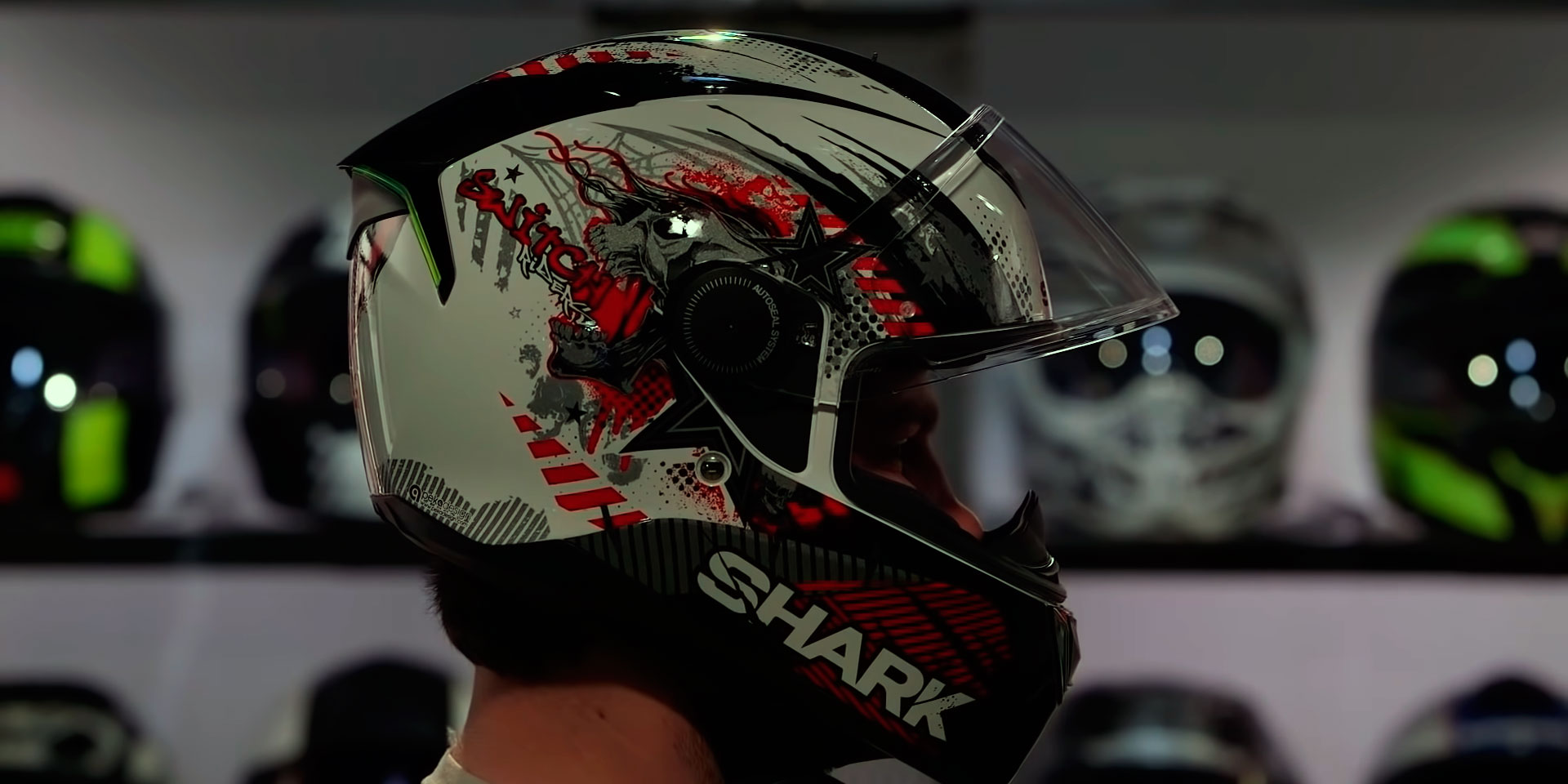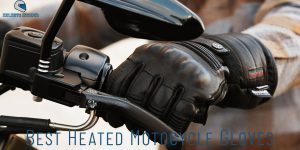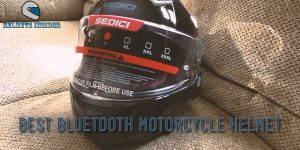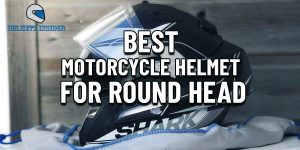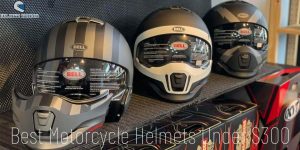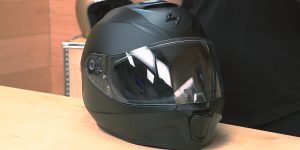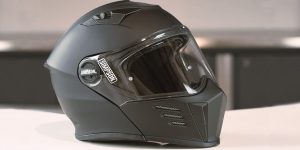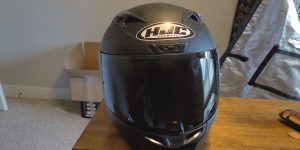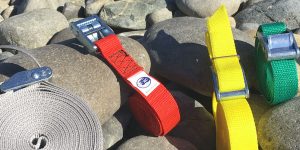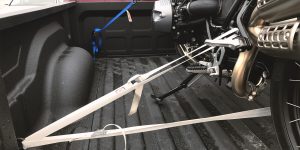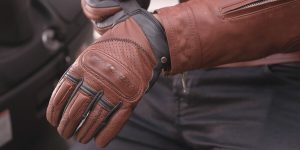The most essential safety gear a motorcyclist can invest in is, without a doubt, a motorcycle helmet. It protects your head in the event of a crash and minimizes fatalities on a road.
However, in order for your helmet to provide the needed level of protection, among other factors to consider while choosing a helmet, even more important is to get the motorcycle helmet sizing right and go for the best fitting model.
Step 1. Decide what type of helmet you need
While the abundance of choices is always a nice thing, it doesn’t quite work that way when it comes to motorcycle helmets. To find a headgear that will be perfect for you, first things first, decide on the type of helmet you want. In general, there are five types of helmets to choose from:
- Full-face helmets, as the name implies, enclose the full face of a rider.
- Open face helmets, as opposed to full-face models, do not cover the face. With no chin guard included, they leave a lower part of the rider’s face exposed.
- Modular helmets feature a hinged mechanism, which allows them to combine the benefits of both full-face and open-face helmet types.
- Half shell helmets cover only the top of the rider’s head.
- Off-road / dirt bike helmets are designed specifically for riding in the dirt. They offer lots of ventilation and are compatible with glasses/goggles.
Step 2. Determine your head shape and size

Shape of the rider’s head
Helmets differ in appearance, and so do our heads. Therefore, about the most important thing you need to determine before figuring out the helmet size is what helmet shape you need. Basically, people can fit into three shapes of the head, such as round oval, long oval, and intermediate oval. To ensure a proper motorcycle helmet fit, manufacturers design helmets with those specific head shapes in mind.
- Round oval. These helmets are designed for a head that has almost the same measurements from front to back as it does from side to side.
- Long oval. Helmets of this type will better fit those whose head is longer from forehead to the back than from ear to ear.
- Intermediate oval. It’s the most common head shape that most motorcycle helmets fit. Unlike long oval, intermediate oval helmets are shaped for a head that is only a tad bit longer from forehead to the back than it is side to side.
Knowing your head shape will help you sift through a huge range of helmets and only choose from those that offer the most comfortable fit.
Once that’s done, you can proceed to figure out the helmet size. If you don’t know how to size a motorcycle helmet, here’s a quick guide: run a soft measuring tape around the widest part of your head, which will be slightly above your eyebrows and ears, and take the measurement. To alleviate any deviations, you can ask your friend for help. After that, compare the result with the sizing provided for the helmet being considered. Take note that each producer will have their own sizing chart.
Step 3. Try the helmet and check the proper fit

How should a motorcycle helmet fit properly?
Now, after you’ve decided on the type of helmet, as well as your head shape and size, it’s time to order and try your helmet on. Before we move on, though, let’s clear out from the beginning that any helmet, whatever the size, will actually feel slightly tight while you are passing your head through the pads. That’s ok.
So, how to tell when a motorcycle helmet is too small? First and foremost, pay attention to how the helmet sits on your head. If you experience pressure points around your temples that cause discomfort or pain or you notice red marks on your forehead after you’ve taken the helmet off, it means that the helmet is too small for you.
The same works the other way round. If there’s too much of a gap between your head and the helmet interior and the cushions of the helmet do not lay properly against your cheeks, the helmet is bigger than you need.
Wear the helmet for about 30 minutes
The best way to figure out if the helmet fits your shape is to wear it for some time. Leave it on for half an hour and busy yourself with things you usually do. This 30-minute period will be enough to determine if the helmet provides a good fitment. However, keep note that you can’t wear a helmet while riding a bike because if it doesn’t fit you, you won’t be able to get it returned.
FAQs
What happens if your helmet is too big?
If you wear a helmet that is too big for you, a few things can happen. For one, you’re likely to experience discomfort (obviously), because it will move around your head, and for two, which is the worst, it may come off your head in the event of a collision, exposing you to serious injuries.
When I put my helmet on, my ears bend into an unusual position. Is this normal?
It is totally fine. The only scenario when it’s not fine is when you feel pain after you take the helmet off and/or have to put any effort into adjusting your ears to a natural position.
If I can’t get my head in the helmet, does it really not fit me?
It’s either that or your helmet has a lot of neckroll cushioning. To know for sure, try to do the following: hold the helmet by the two of its straps and gently spread its opening. Now, try to pull it over your head again. If you still can’t fit your head in it, don’t apply force and go for one size up.
If I wear glasses or sunglasses when I ride, do I need a larger helmet?
Not necessarily. Most often than not, manufacturers take of it and produce helmets with some kind of accommodation inside for prescription or sunglasses. That’s why before you decide to go one size up, make sure to test the fit of the helmet of your size specified in the chart. Also, different helmet models provide a different fit. So, if one model doesn’t feel comfortable enough, quite often it’s enough to try a different one. Besides, if these are sunglasses you’re planning to wear when riding, there are many great helmets with drop-down sun shields that may become a decent solution.

